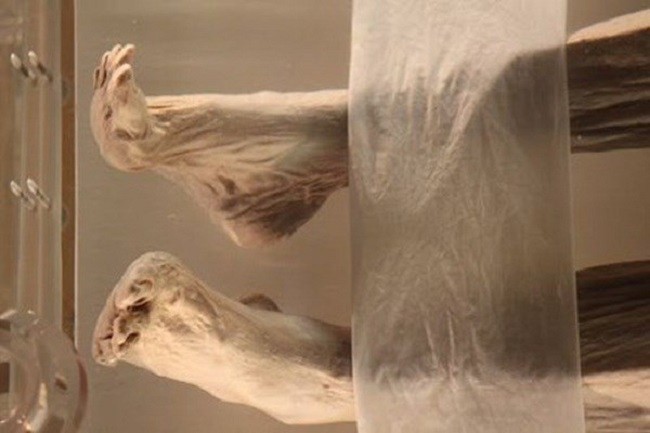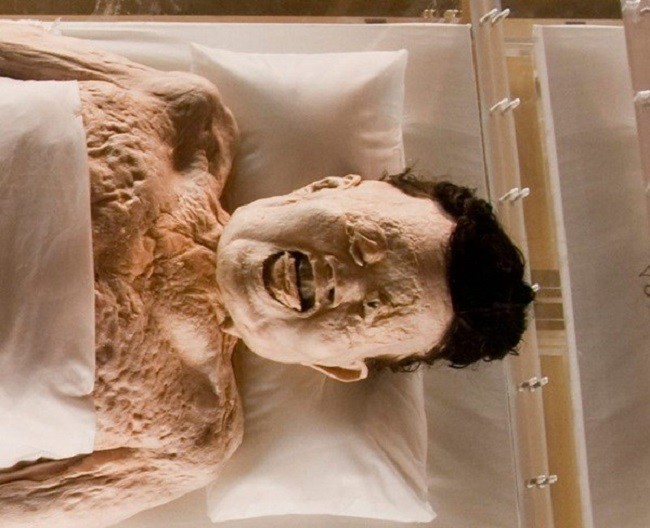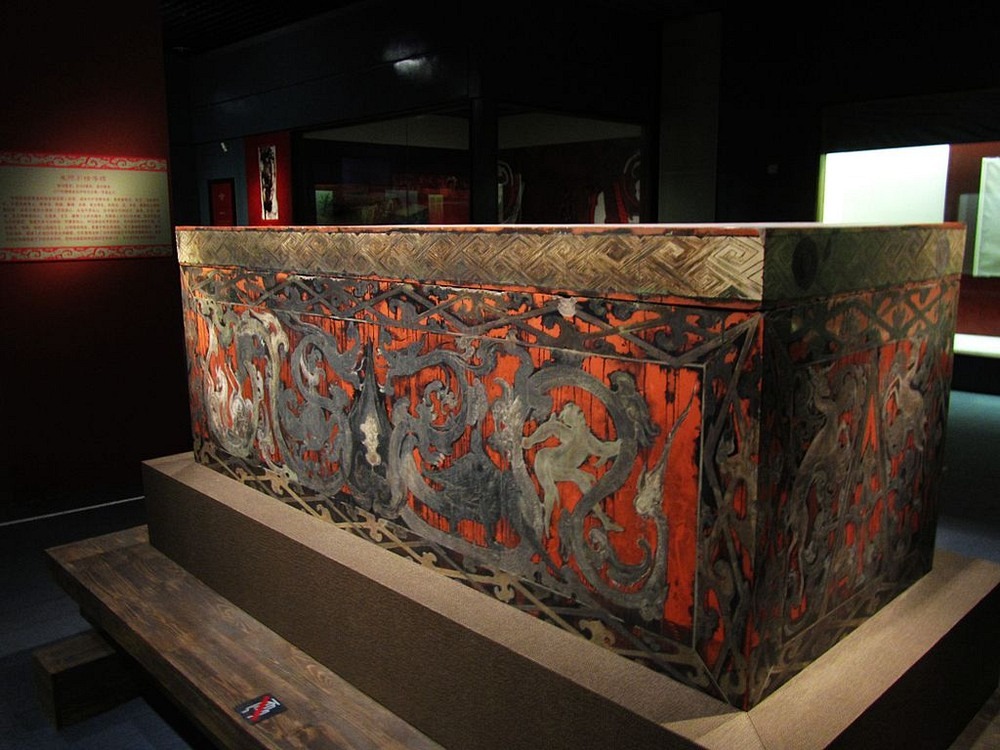In 1971, when workers in the city of Changsha, Hunan Province, China, were digging the ground, they unexpectedly discovered a magnificent tomb. After investigation, scientists determined that it was the tomb of a woman named Xin Zhui, also known as Lady Dai. Mrs. Xin Zhui was identified as having passed away in 163 BCE, meaning her mummified remains were over 2,000 years old. Such a long period is significant, as human bodies typically decompose over time, even when preserved with chemicals or under specific temperatures.
However, what astonished scientists was that the skin of this woman remained fairly soft, her hair was still dark and thick, and even the joints of her limbs could move normally. What’s even more remarkable is that blood was found flowing in her veins – researchers determined it to be blood type A. Since then, the remains of Mrs. Xin Zhui have been widely recognized as the best-preserved mummy in history and one of the most mysterious mummies in the world.
The most peculiar mummy in the world

The coffin, resembling a funnel, of Lady Xin Zhui contained over 1,400 precious artifacts found alongside her remains. These included a wardrobe with 100 sets of silk garments, 182 valuable lacquerware items, cosmetics, and personal hygiene items, along with 162 small wooden figurines representing attendants. Additionally, there was a prepared meal on a tray for Xin Zhui to enjoy in the afterlife.



How was this mummy preserved so well?
Upon discovery, scientists were also astonished by the secrecy and intricacy in the construction of the tomb. Located over 12 meters deep underground, Xin Zhui was wrapped in 20 layers of silk garments, placed within a coffin sealed with 4 layers. To prevent air and water infiltration, her tomb was filled with charcoal and tightly sealed with several feet of thick clay soil on top. This airtight and watertight environment effectively eradicated any potential bacteria inside and helped preserve the body.

Archaeologists discovered traces of mercury in Xin Zhui’s coffin, suggesting that the toxic metal might have been used as an antibacterial agent. Additionally, her body was found immersed in an unknown liquid with slightly acidic properties, which likely inhibited bacterial growth. Some speculate that this liquid could be bodily fluids rather than a deliberate preservative poured into the coffin.
It is known that researchers conducted a postmortem examination in December 1972. The results indicated that she had died at the age of 50. However, she outlived both her husband and son, as they were found buried in the same tomb alongside her. Nevertheless, their skeletons had decayed over time and were not as well preserved as hers.
The preservation of Lady Xin Zhui’s mummy against decay remains a mystery. This has presented modern scientists with a series of challenging questions. Finding the answers to these questions would undoubtedly yield immense value.

